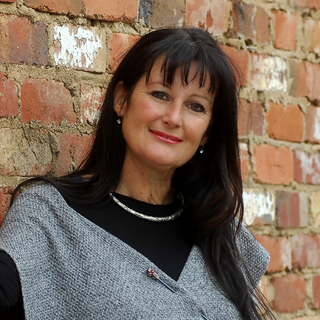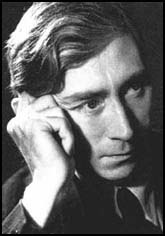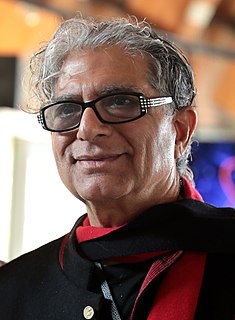A Quote by John F. Carlson
The eye and soul are caressed in the contemplation of form and colour. The subtle changes of colour over a surface - transitions that are like music - are intangible in their reaction upon us. There is an immediate sensuous appeal!
Related Quotes
The prejudice many photographers have against colour photography comes from not thinking of colour as form. You can say things with colour that can't be said in black and white... Those who say that colour will eventually replace black and white are talking nonsense. The two do not compete with each other. They are different means to different ends.
Colour, as the strange and magnificent expression of the inscrutable spectrum of Eternity, is beautiful and important to me as a painter; I use it to enrich the canvas and to probe more deeply into the object. Colour also decided, to a certain extent, my spiritual outlook, but it is subordinated to life, and above all, to the treatment of form. Too much emphasis on colour at the expense of form and space would make a double manifestation of itself on the canvas, and this would verge on craft work.
The colour blue - that is my colour - and the colour blue means you have left the drabness of day-to-day reality to be transported into - not a world of fantasy, it’s not a world of fantasy - but a world of freedom where you can say what you like and what you don’t like. This has been expressed forever by the colour blue, which is really sky blue.
Sensibility... is a direct and particular reaction to the separate and individual nature of things. It begins and ends with the sensuous apprehension of colour, texture and formal relations; and if we strive to organize these elements, it is not with the idea of increasing the knowledge of the mind, but rather in order to intensify the pleasure of the senses.

































